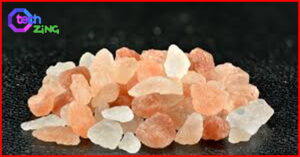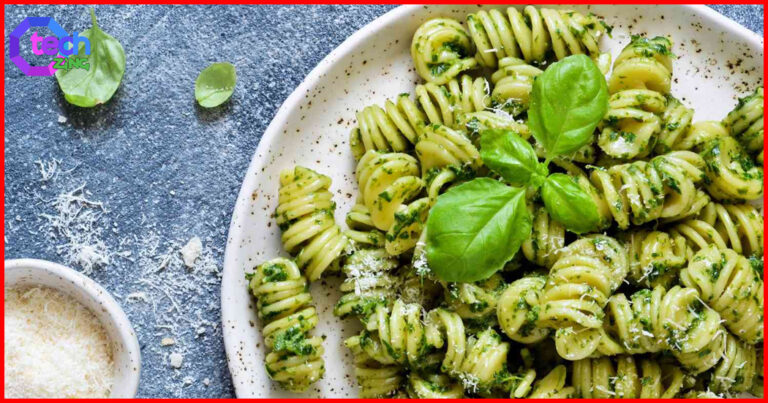In the world of culinary arts, there exists a powdery substance that, while unassuming in appearance, holds the power to transform ordinary recipes into extraordinary culinary creations. This secret ingredient is none other than cream of tartar. But what exactly is this mysterious white powder, and how does it work its magic in the kitchen?
A Byproduct of Winemaking: The Origin of Cream of Tartar
Cream of tartar, scientifically known as potassium bitartrate, is a byproduct of the winemaking process. When grape juice ferments inside barrels to become wine, a sediment is left behind. This sediment, once purified and ground, becomes the cream of tartar we use in cooking.
Culinary Alchemy: The Many Uses of Cream of Tartar
This versatile ingredient is a staple in many kitchens due to its ability to stabilize egg whites, preventing them from deflating, and helping to produce voluminous and airy meringues and soufflés. It’s also the secret behind the tangy taste and chewy texture of snickerdoodle cookies.

Beyond Baking: Cream of Tartar in Household Cleaning
Interestingly, cream of tartar’s usefulness extends beyond the kitchen. Its acidic properties make it an excellent cleaning agent for metals and porcelain, capable of removing stains and restoring shine without the use of harsh chemicals.
Health Benefits and Considerations
While not typically consumed in large quantities, it is high in potassium, which can contribute to overall health. However, it’s important to use it in moderation, as excessive intake can lead to health issues.
Conclusion: A Pantry Essential
In conclusion, it is a multifaceted ingredient that deserves a spot in every pantry. Whether used in creating the perfect baked goods or keeping your home sparkling clean, its benefits are undeniable.
cream of tartar substitute
It is a staple in many kitchens, is known for its role in baking and cooking as a stabilizing agent and for preventing crystallization in sugary recipes. However, it’s not uncommon to find oneself in need of a substitute for this ingredient. Whether you’re in the middle of baking or just looking to explore alternative options, there are several substitutes that can save the day.
Lemon juice is a popular alternative, offering similar acidity to cream of tartar, which is essential for stabilizing egg whites and achieving high peaks in dishes like meringue. For every teaspoon of cream of tartar, you can use an equal amount of lemon juice.
White vinegar, another acidic substitute, can be used in the same quantity as cream of tartar when stabilizing egg whites. However, it’s less suitable for baked goods due to potential flavor changes.
Baking powder can also come to the rescue, especially in recipes that call for both baking soda and this. Since baking powder contains both sodium bicarbonate and tartaric acid, it’s an ideal one-to-one replacemen.
Buttermilk and yogurt, with their natural acidity, can be used in baking recipes, provided you adjust the liquid content accordingly to maintain the recipe’s balance.
In summary, while cream of tartar has its unique properties, these substitutes can provide similar results, ensuring your culinary creations turn out just as intended. Remember to choose the substitute that best fits the role of it’s in your recipe for optimal results.

























+ There are no comments
Add yours